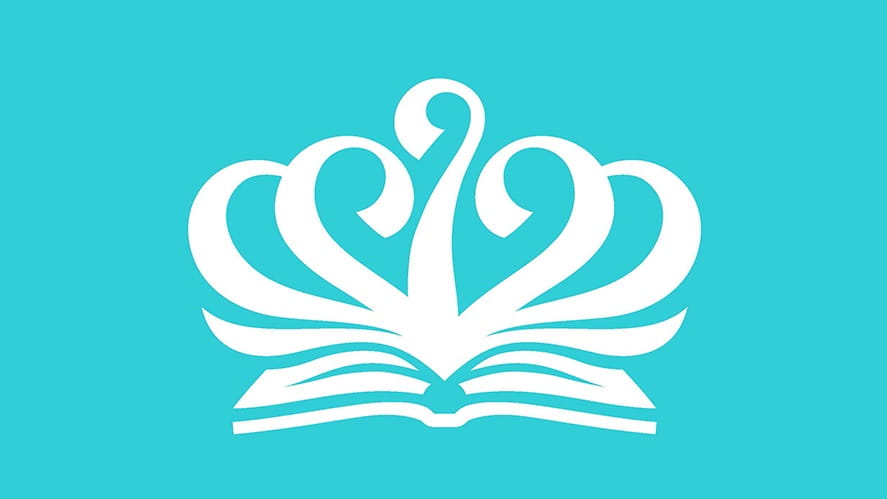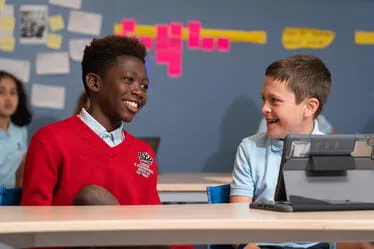Learning about measurement is not just something that has to be learned at school for the sake of a curriculum requirement. Life is full of mathematical languages, perceptions, signs and symbols.

Learning about measurement is not just something that has to be learned at school for the sake of a curriculum requirement. Life is full of mathematical languages, perceptions, signs and symbols.

Learning about measurement is not just something that has to be learned at school for the sake of a curriculum requirement. Life is full of mathematical languages, perceptions, signs and symbols.
Our work and working tools, our clothing and accessories, the construction of buildings and roads, making measurements: these and meany other aspects of our daily life involve geometrical and arithmetical perceptions. There is authenticity in framing learning opportunities around the concept of measurement.
So we were delighted as we observed the ways in which the children are spontaneously exploring measurement and classification and that these ideas do in fact belong to their everyday experiences of living, playing, thinking and negotiating. Children have been observed comparing the heights of buildings they have constructed in the block area and using language to describe and bring meaning to to their comparisons as well as comparing their heights and noticing words such as ‘enormous’ in favorite books.
The teachers decided to follow up this interest in measurement by posing some questions to groups of children. Initial discussions to discover the children’s ideas about size were planned. These dialogues and observations become part of the daily research that the teachers carry out in order to try to uncover the children’s understandings and to form the next steps for each of the children.
Some children proposed words that in their opinion could describe big.
“Giant.”
“Enormous.”
“Huge.”
“Humungous.”
“Large.”
A particular favorite of mine, imagined by a child,…..“momornous”. Doesn’t that word just conjure up images in your mind of something particularly immense and magnificent.
And to describe small…
“Teeny.”
“Little.”
“Tiny.”
“So small.”
“Teeny weeny.”
“Smeeny.”
The question, what is the biggest thing you know elicited responses which showed the children drawing upon their own experiences and those of their friends.
“The school is the biggest because it has lots of doors and lots of windows.”
“New York city because it has the Empire State building.”
“Shanghai because it has the tallest buildings.”
“My house because it nearly reaches the sky.”
Some of the children discussed, who is the tallest in your group?
“Bilal is the tallest because he’s my best friend because he’s taller than me."
“Everybody because they all get old.”
“Jude and me are the tallest. We need to stand up for this. We need to stand up to see who is the tallest.”
“Ruari is taller than Luke because I have eyes and I see. Luke is this big and Ruari is this big.”
"Ruari is big and I am big too. And Atharv is big."
“I want to look how tall I am with Anna."
“They are more the same size. I use my hand to see who more big is.”
“I am taller than my little brother. He’s only 3 years old and I’m 4.”
“Gui is the tallest because we measured and he was above everyone. We used a measure.”
“A measuring wall.”
“It’s a kind of ruler.”
“It’s our measuring ruler.”
We are intrigued by the inventive ways in which the children try to make sense of the concepts of comparison, measurement and order. The children learnt much as they explained their own theories and in turn listened to the theories of others. Through these conversations the children can learn about concepts, and can learn to see the world in a different way and find new ways of interpreting what they discover. The teachers are again thinking about what experiences to offer the children and what questions to ask as they continue to actively listen to the children words, thoughts and actions. Perhaps the children will further investigate the meanings of the words we assign to describe size and the metaphorical language used in literature. Perhaps the children will invent a measuring tool. Perhaps the children will find a way to determine how tall they are. This inquiry will continue.